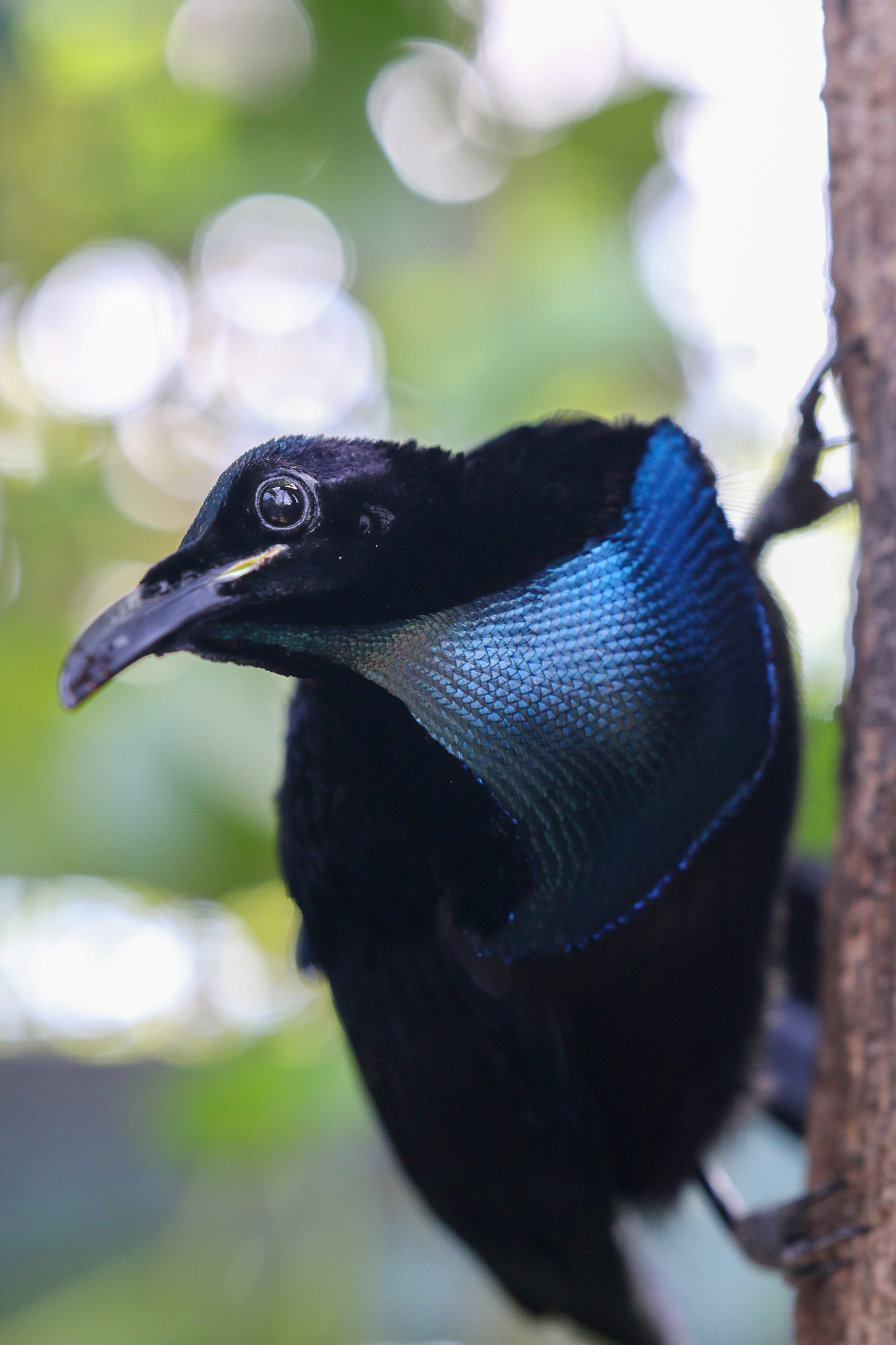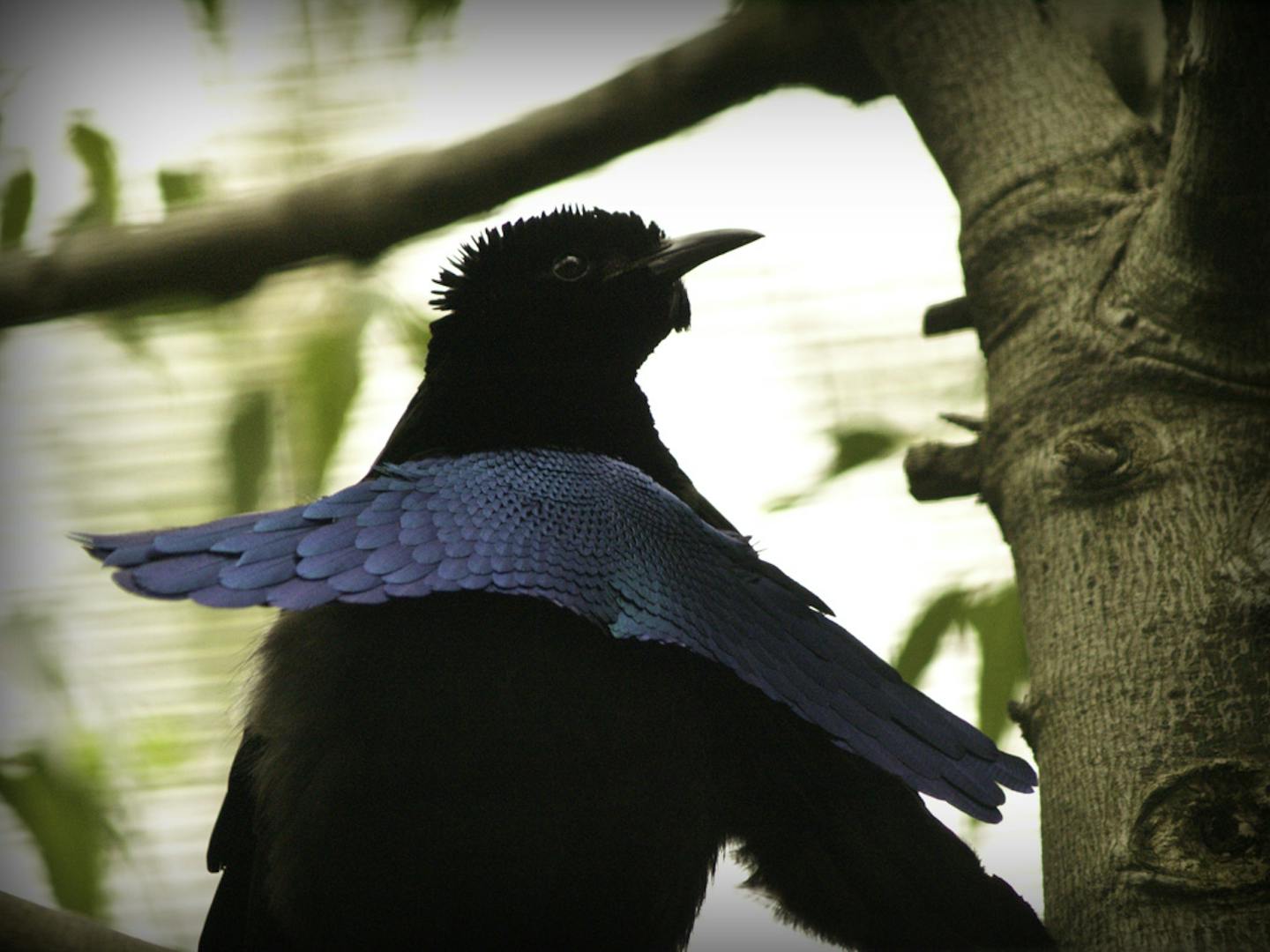Males take note: this male bird-of-paradise has spectacular mating moves
Single species looking to mate may want to take some cues from the Vogelkop superb bird of paradise. The bird woos females with some unique dance moves worked into an extraordinary display.
One of 44 birds of paradise that comprise the family Paradisaeidae, the Vogelkop superb bird-of-paradise is endemic to the Bird’s Head region of Indonesia New Guinea. Until recently, scientists thought there was only one superb bird-of-paradise — known for its demonic black feathers, bright blue adornments, and funny dance — but in 2018, researchers realized that some of the birds were distinctly different than others. The shape they make when mating is crescent, rather than oval, and their dance is a smooth shimmy rather than a hop. In fact, through a combination of fieldwork and analysis, scientists found that the birds with slightly different mannersisms are genetically distinct from the species they’d always called the superb bird of paradise. They then changed the name of the previously known birds to the greater superb bird-of-paradise, deeming the new species the Vogelkop superb bird-of-paradise.

Creative Commons
Found only in New Guinea's far-western Bird’s Head (or Vogelkop) region, the Vogelkop superb bird-of-paradise is known for its blackest-black plumage, which is so black that it absorbs 99.95 percent of sunlight. When the male is ready to mate, it spreads out its black cape, and shines its ornamental eye spots like headlights at an approaching female. When a female has advanced, he shrouds himself entirely with his cape, completely absorbing his head and torso into a crescent shape, with only his electric blue eye spots peering out from the void. His neon blue breast feathers stretch out into what many human eyes see as a downward-tilted, “frowning face” look, but what could also be mistaken for the under-lighting of a tiny space ship (they only grow to be about nine to ten inches long). During his dance, the bird shuffles its feet in quick little motions, gliding from side to side like a wind-up toy, encircling the female.
The dance mesmerizes nearby females, who, like many species, tend to be more plain. With brown wings and a striped torso, the female Vogelkop resembles its male counterpart only in the blackness of its head. Breeding happens all year long, and females build and tend to the nest alone, the males preoccupied with their peacocking.

.png?auto=compress%2Cformat&w=200)

